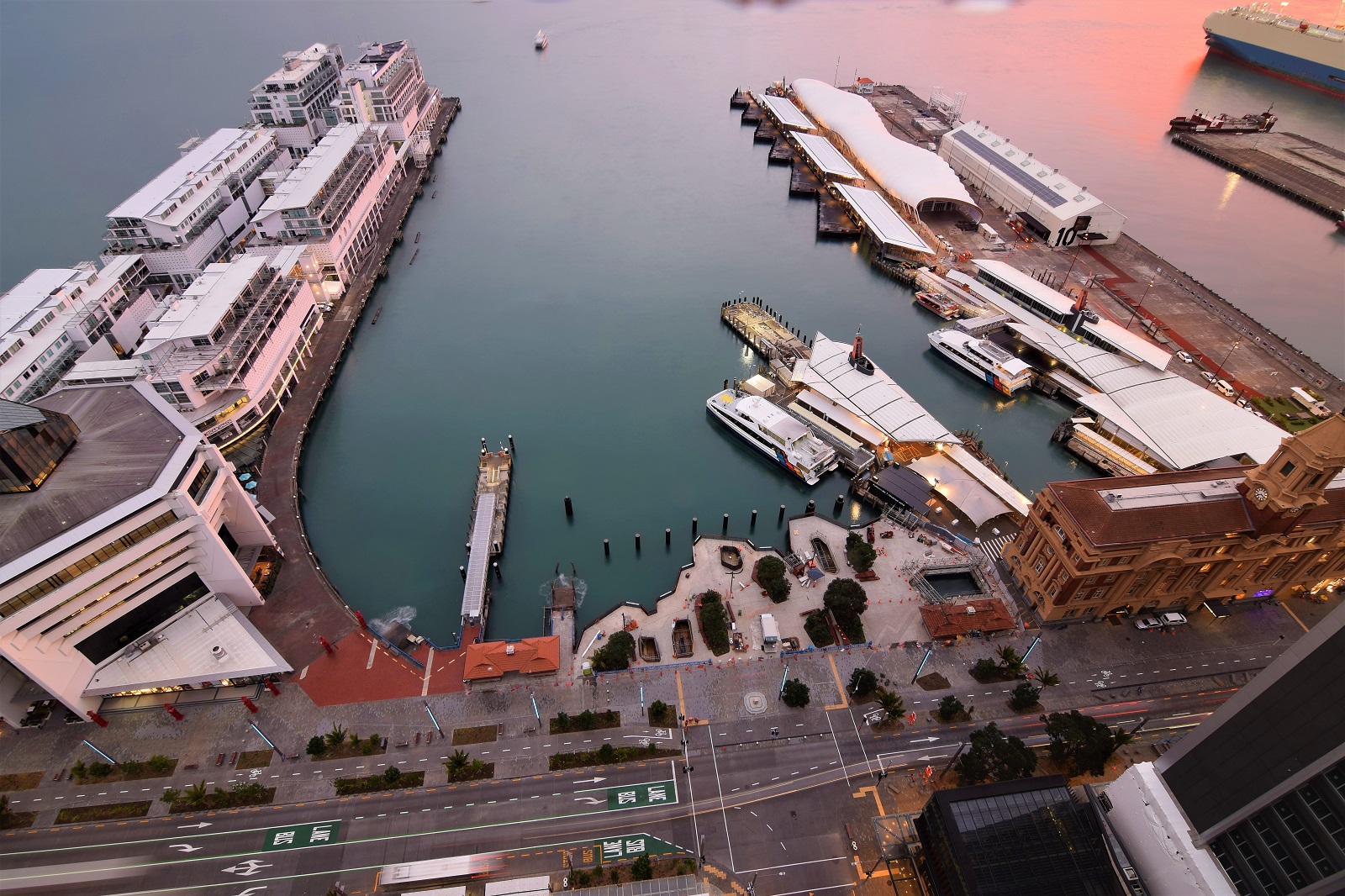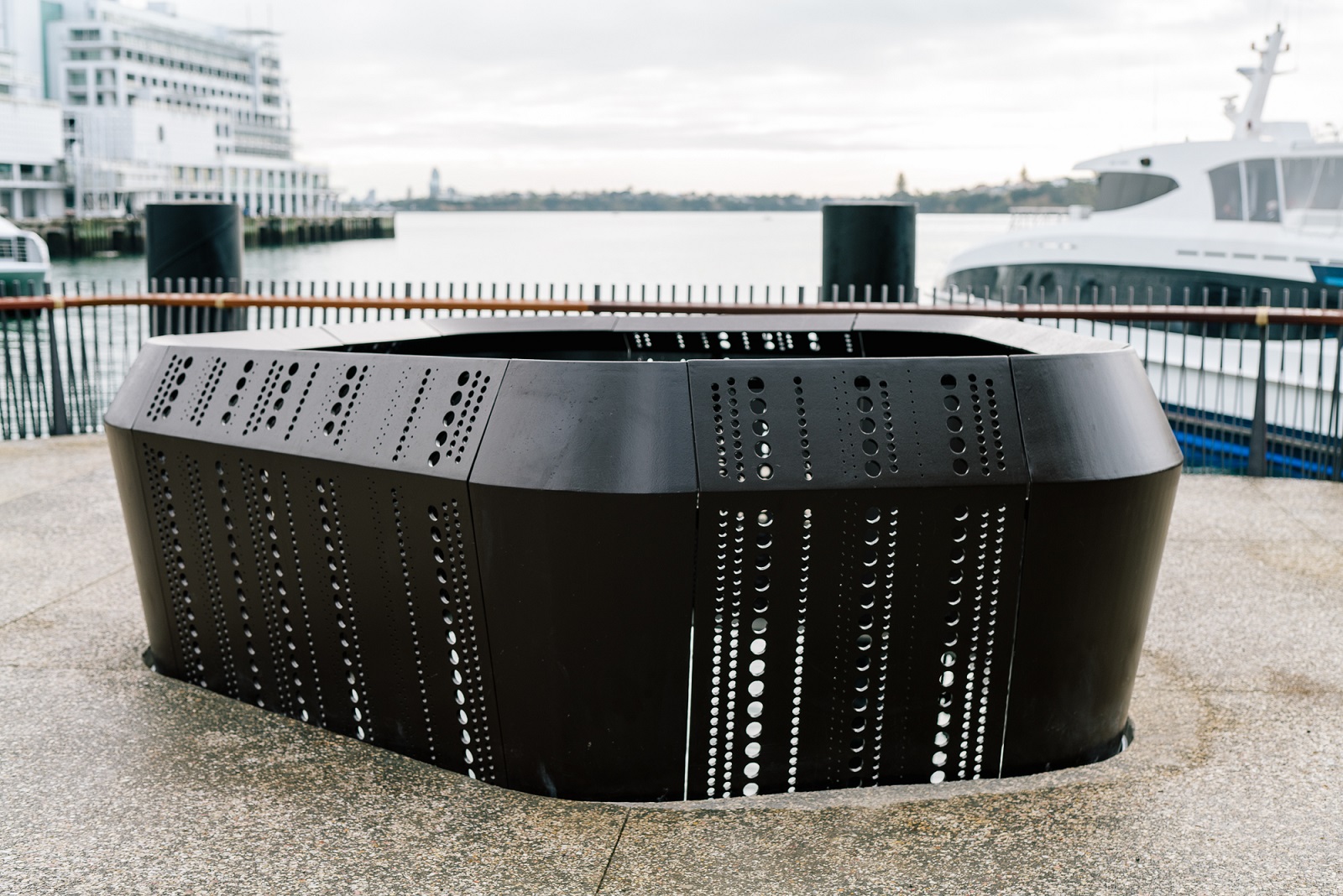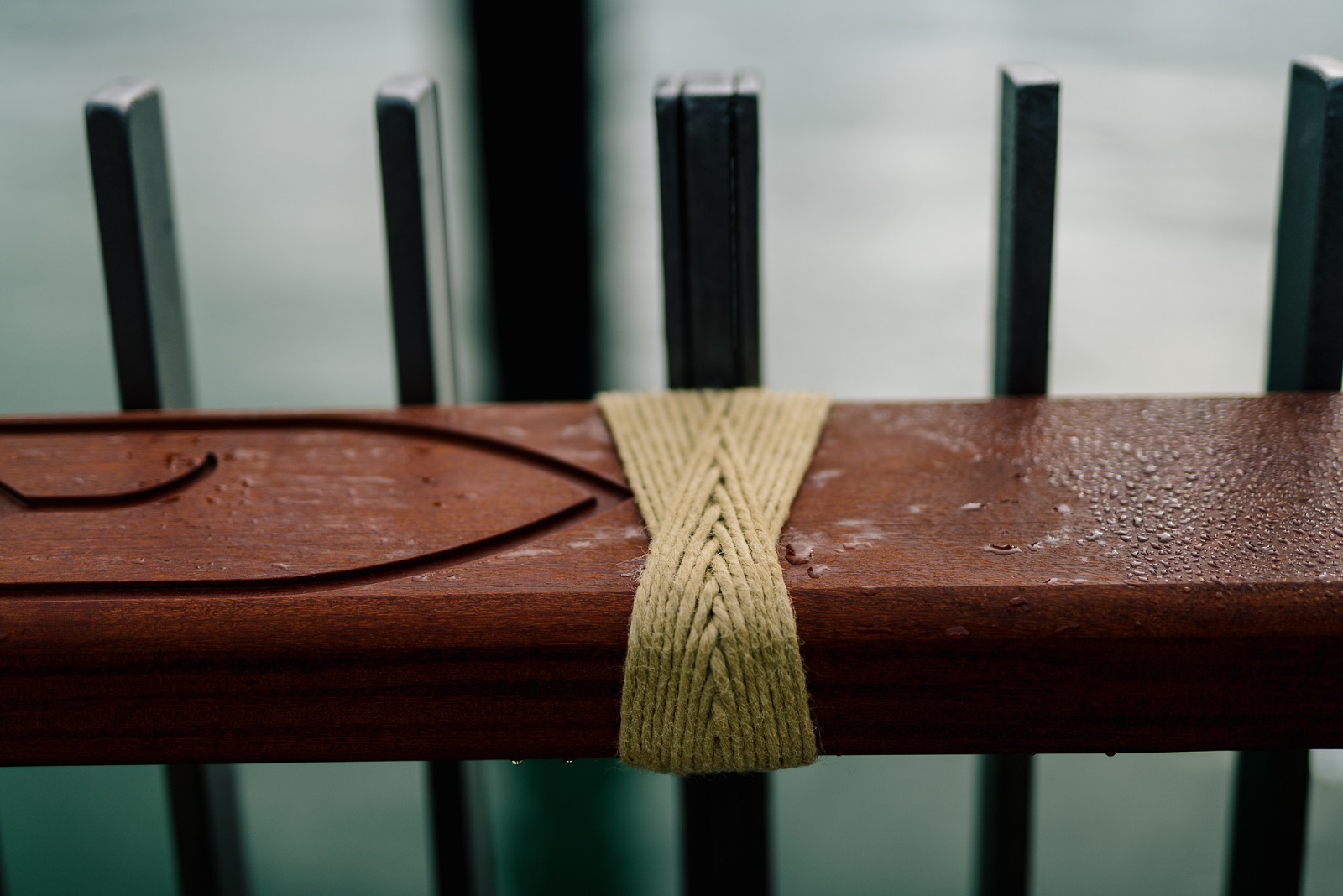Auckland Council and Auckland Transport, in collaboration with mana whenua, have reimagined, redesigned and rebuilt Auckland’s waterfront.
Mayor Phil Goff says the renewed waterfront is truly world-class.
“This $350 million upgrade of Auckland’s downtown has created a waterfront that is vibrant, people-friendly, attractive and accessible,” he says.
“This is a fantastic new public space that connects the land to the sea and looks out over the beautiful Waitematā Harbour. It will be enjoyed by Aucklanders and visitors for generations to come.”
By 2050, 2.4 million people are predicted to live and work in Auckland, many commuting to the city centre by bus, train, ferry, cycle, e-scooter and on foot.
The downtown convergence point has been re-built into a hub of arrival, departure and connection, with new infrastructure for ferries, buses and trains, cycleways and widened footpaths now positioned together, making journeys easier and preparing for the fast rate of population growth ahead.
On Friday 2 July the much-awaited Te Wānanga public space on the edge of a people-prioritised Quay Street will open for Aucklanders to experience, and on 5 July the six new ferry berths, named Te Ngau O Horotiu, located in the Ferry Basin will receive their first passengers.
The six projects delivered by the Downtown Programme reflect an investment of $350 million by Auckland Transport and Auckland Council, $42 million of which was provided by the New Zealand Government for Te Ngau o Horotiu.
The projects will be opened in a historic moment for the city on 2 July.

Aerial of Te Wānanga and our new waterfront; opening for Aucklanders 2 July; photo credit AT
The programme has not only strengthened the seawall, protecting the city for the next 100 years from rising sea levels and seismic events, it has also revitalised Quay Street and Galway Street. A new bus interchange now operates in Lower Albert Street and six new ferry berths have been added to Queens Wharf.
The sixth project, and focal point of the new downtown, is Te Wānanga.
Seeming to float above the harbour, this new public space has been designed to resemble a tidal shelf, forming a living hinge between the land and sea and shaped to emulate the rocky edges and sandstone headlands of the Waitematā.
A growing urban forest (ngahere) and native planting offer shade, shelter and carbon absorption while openings in the deck reveal movement of the tide and newly attached seeded mussel lines filtering the seawater below.




